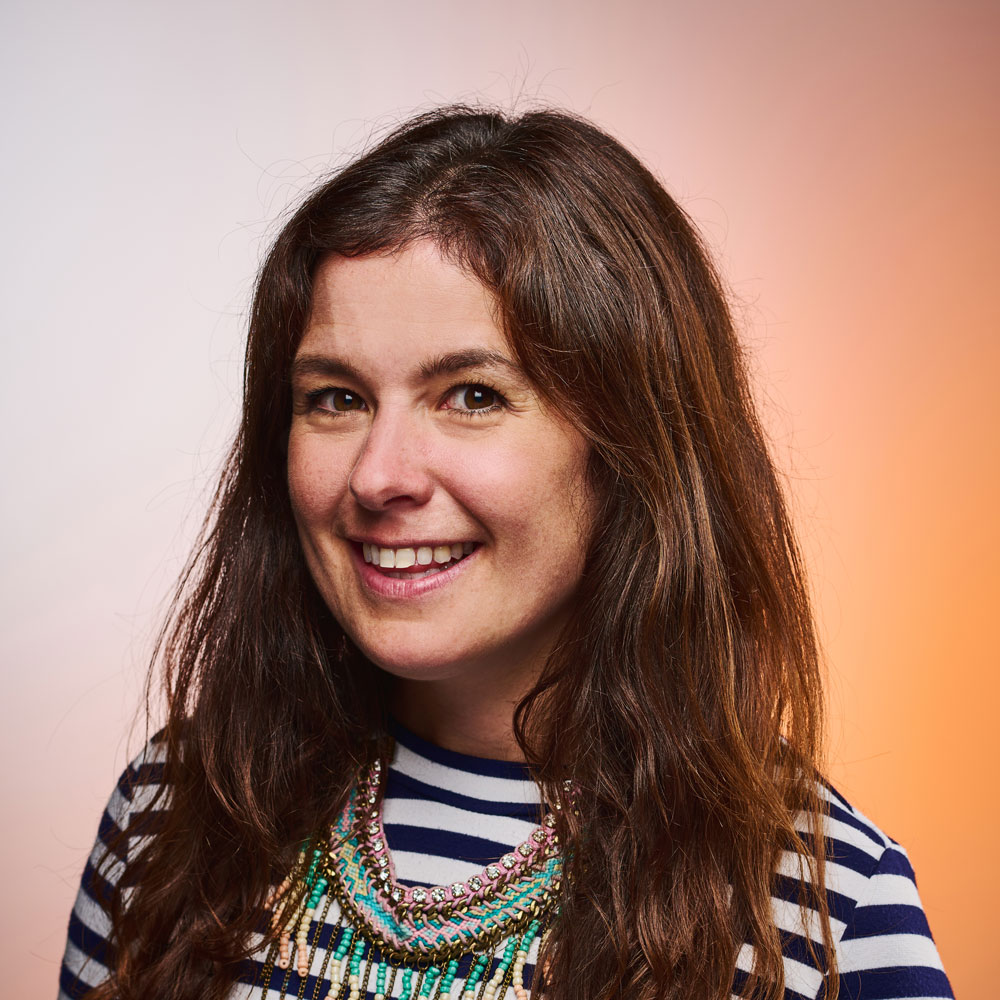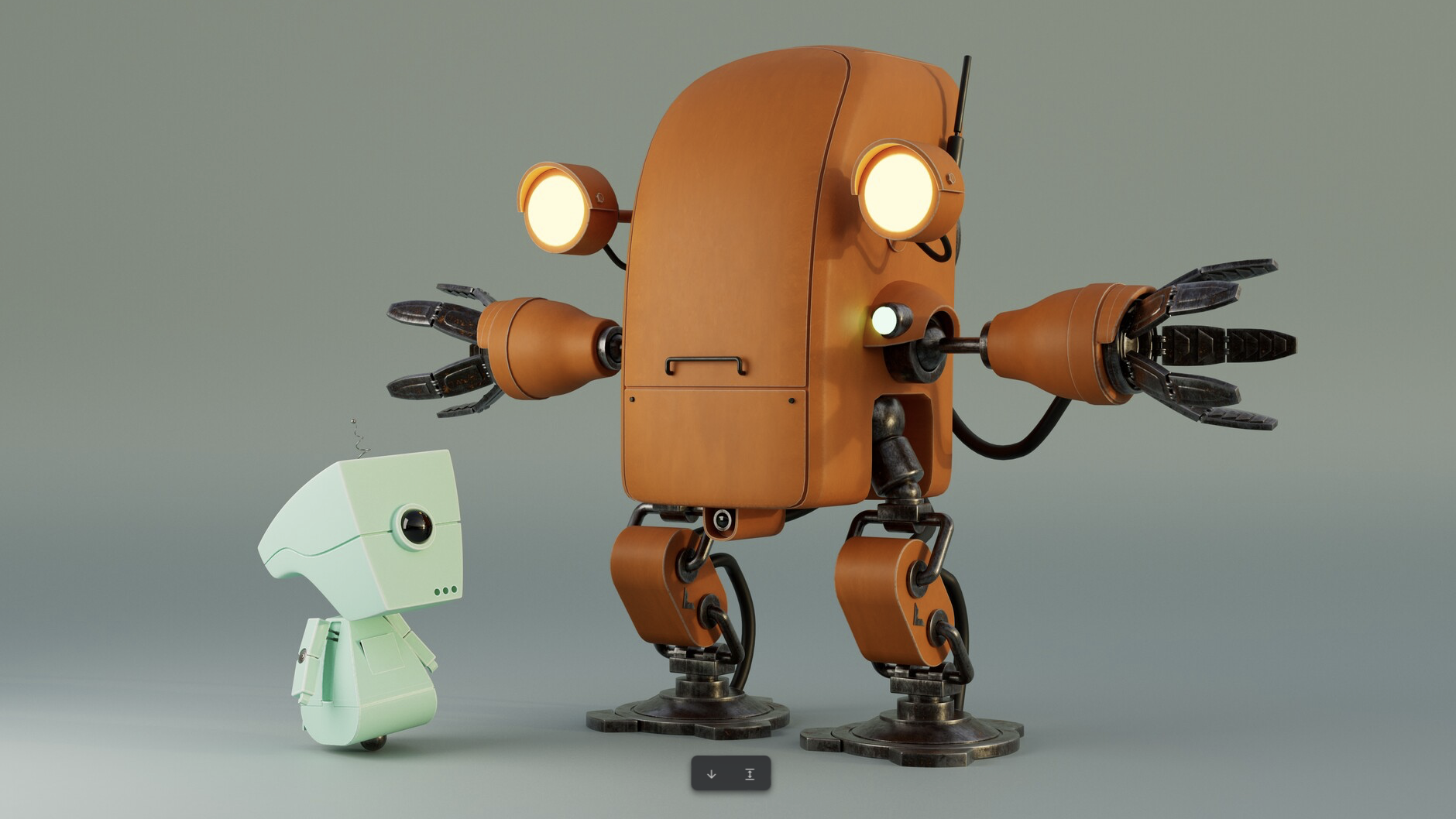'3D is an important differentiating factor for artists': How to upskill, according to Adobe's senior director of 3D
It's a great time to learn 3D.
3D designers have never been more in demand. From film and TV to commercial applications like advertising and online shops, 3D is everywhere. So, according to François Cottin, Senior Director of Marketing, 3D at Adobe, it's a great time to learn 3D skills as they can help you become better in your own field – or even provide you with a whole new career.
"If you can do some 3d convincingly you can view your graphic design work in context," Cottin says. "This is helping you become a better graphic designer, a better video editor, and we see that as a very important differentiating factor today for artists. But also if you want to embrace more of a career shift and become 3D-centric, the demand in the field is crazy."
Sound intriguing? Here are his four tips for success when making the transition into 3D art and design.
01. Make a programme
Decide what level of proficiency and complexity you want to achieve, and make it a programme, says Cottin.
"If it's if I just want to quick preview variations of products, I can go for quicker tutorials not having to understand every single concept. If I want to go very deep, I know it will be a longer process and I need to learn all the different concepts and techniques."
Don't feel overwhelmed by the amount of learning you feel you need to do, you can make the journey work for you by being clear and realistic about your aim from the start. You can always go deeper later on.
02. Build on the skills you already have

3D design builds on the fundamental design skills you already have as a designer or artist, so you're not starting from the beginning.
Get the Creative Bloq Newsletter
Daily design news, reviews, how-tos and more, as picked by the editors.
"Most artists have already mastered the [3D] concepts. They know composition, they know colour, they know how light works. And so they can piggyback on everything that they already learned to do," Cottin points out.
03. Know you don't need to know everything
"The most important is you will never know everything," Cottin advises. "And it's the same in every art. It can be a sculpture, you will never know how to sculpt everything. And a photographer and a graphic designer also there are some things you'll know better than others. 3D will be the same. So it's an individual path."
04. Get the right tools for your aims

"I think the first question is what they're trying to achieve. And, depending on what they're working on, there are better tools than others because they are designed around these needs."
There are a whole host of different 3D modelling tools around, from those that offer quick mock ups to heavy programs that enable you to sculpt from scratch. So think about whether you want to render a 3D model yourself, or you'd prefer a library of resources to utilise before you pick your tool.
I spoke to Cottin a few months ago at Adobe MAX 2023. See all of Adobe's MAX announcements here, and find out why another Adobe exec believes "creativity is innately human, even amongst Adobe's AI-heavy updates.

Thank you for reading 5 articles this month* Join now for unlimited access
Enjoy your first month for just £1 / $1 / €1
*Read 5 free articles per month without a subscription

Join now for unlimited access
Try first month for just £1 / $1 / €1

Georgia has worked on Creative Bloq since 2018, and has been the site's Editor since 2022. With a specialism in branding and design, Georgia is also Programme Director of CB's award scheme – the Brand Impact Awards. As well as immersing herself with the industry through attending events like Adobe Max and the D&AD Awards and steering the site's content streams, Georgia has an eye on new commercial opportunities and ensuring they reflect the needs and interests of creatives.
